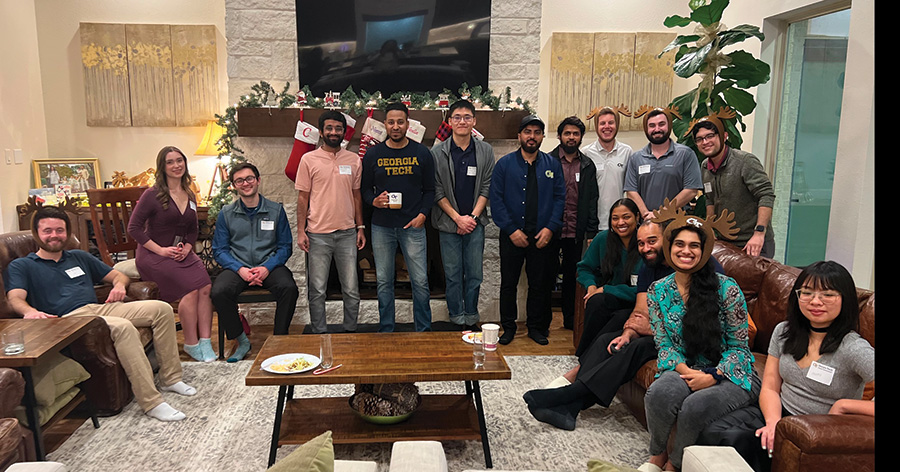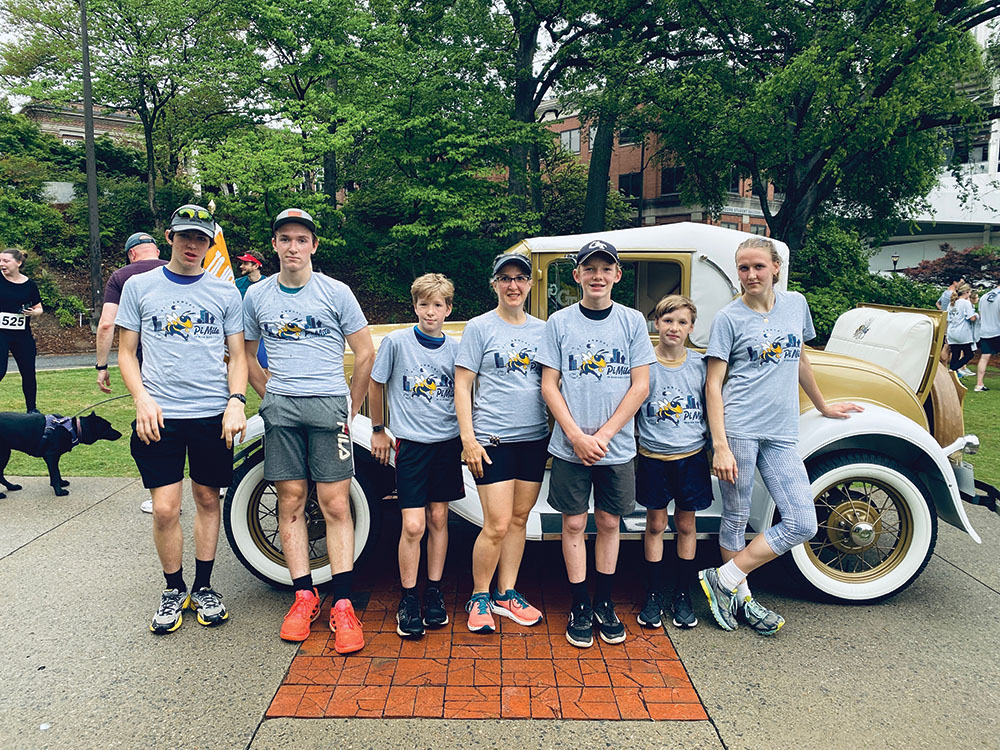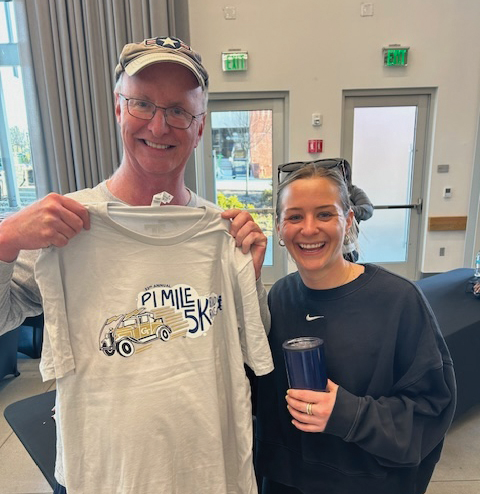The Future of Spaceflight - Science Fiction to Reality
By: Jennifer Herseim | Categories: Alumni Interest
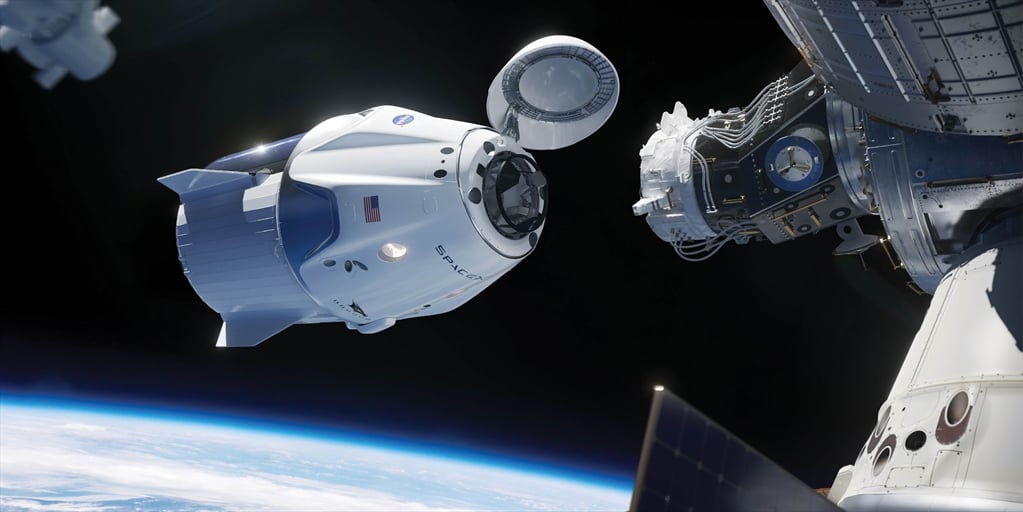
Sometimes, reality doesn’t just mirror science fiction, it surpasses what’s been imagined in books and movies.
That’s the case with the work being done by two Georgia Tech alumni, one a professor at the University of South Florida and the other a senior principal investigator at NASA. Daniel Yeh, PhD EnvE 00, at USF, and Luke Roberson, Chem 99, MS Chem 02, PhD Chem 05, of NASA, are working to create the next generation of water recycling and resource recovery systems to support missions to the Moon and to Mars.
In the science fiction book and movie The Martian, fictional astronaut Mark Watney survives alone on Mars by growing potatoes, using his own waste as fertilizer. It’s a labor-intensive process. Yeh and Roberson are working on a system that takes the same idea but improves on the concept.
“Our system does it all for you,” says Yeh. “The astronauts can just flush and forget.” The prototype, the Organic Processor Assembly (OPA), uses an anaerobic membrane bioreactor, a hybrid technology that combines anaerobic digestion with membrane filtration. The closed-loop system recycles 100% of the waste it receives, cleaning and sanitizing the material and extracting carbon, nitrogen, phosphorous, water, and other trace elements to support food production.
“The nitrogen and phosphorous waste that we generate as fecal and urine material gets broken down into the elemental pieces, and then the plants absorb those pieces through a hydroponic system,” Roberson says.
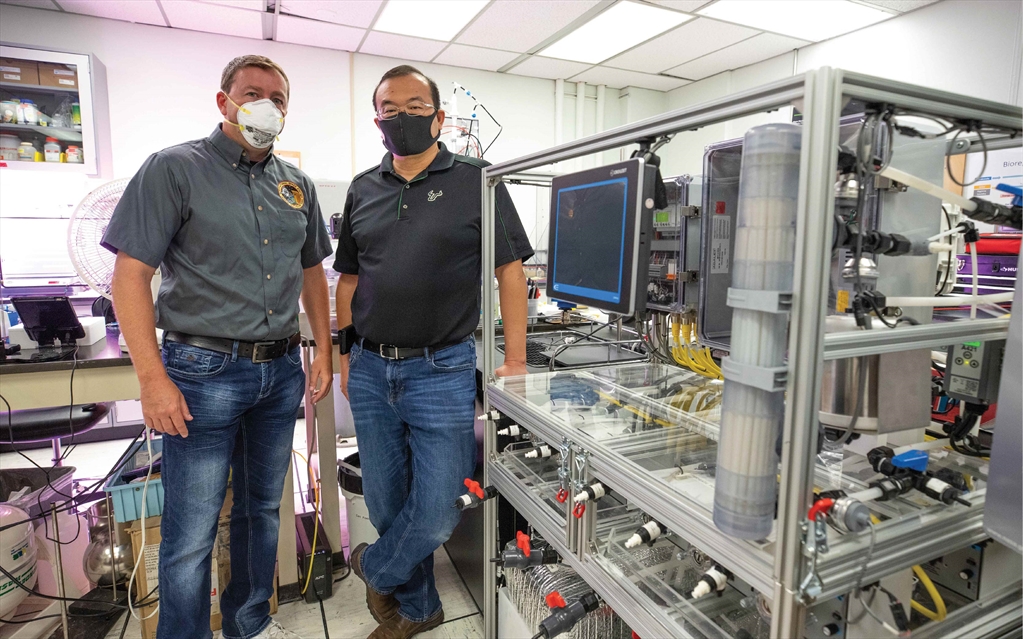 The Moon and Mars
The Moon and Mars Around 2013, Roberson, who was working on ISS’s water-recovery and purification system, started looking for a way to support future missions.
The ISS uses chemicals shipped from Earth. “There’s no way we can do that on the Moon or on Mars,” because of the travel time to each, Roberson says.
So he began searching for a closed-loop system and found Yeh’s work. For Yeh, who has spent decades researching wastewater treatment on Earth, designing a system for space entails a unique set of challenges. For one, Yeh and his team had to cram the functionality of a treatment facility into a space the size of a small refrigerator. The system also needed to work in zero gravity. “On Earth, wastewater treatment relies on gravity to remove wastes and bacteria, but we utilize membrane filtration,” Yeh says.
This August, the OPA arrived at Roberson’s lab to begin testing. In a year, NASA will decide whether it might be suited to support the Artemis program, which would return astronauts to the Moon.
